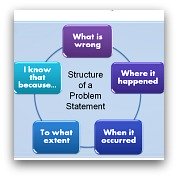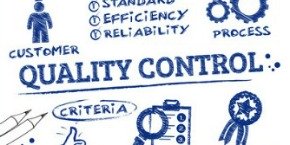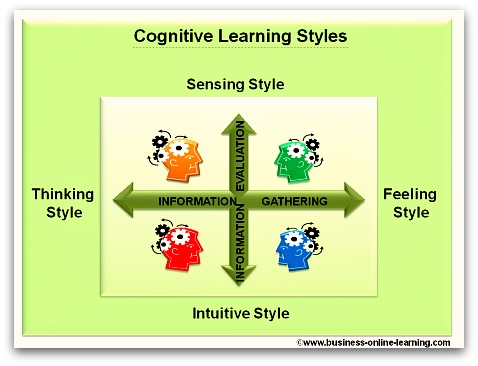Have you ever asked yourself
"What is Problem Solving?"
|
What is Problem Solving in Business language? It will refer to: A set technique to approaching a problem, that usually involves many steps taken in sequence. The aim of Problem solving is to understand the problem in its context, to think up of reasons for the problem, to then determine possible solutions and finally decide on and implement the solution. |
What is Problem Solving?
When carrying out any type of problem solving approach, remember to always check your solution and the corrective action you decided upon. Is the problem gone?
If not, go back to the point where you decided on that corrective action and review. Something was wrong with that decision.
What is Problem solving? There are as many different styles and types of Problem solving. Some of which are described in these pages.
A Problem depends on its context. A large part of that Problem-solving depends on understanding the circumstances of that context. Sometimes indeed, the solution to a difficult problem will lie in seeing it in an entirely different context.
What is Problem Solving? People will approach Problem-solving in different ways, but most will use concepts to solve their problems. Often these are tried and tested methods they have used in the past with success.
Tips for successful Problem Solving
For sure success, it is always important to:
- Describe your problem as well as you possibly can. “A well described problem is already half solved.”
- Keep it short and simple. Keep the work focused and achievable, and always relevant to the initial reason why the work started.
- Try to keep short timelines. The longer the solution takes to implement or the longer the work on the solution takes, the less likely it will succeed.
- Remember that different people will have different
styles or approaches and to use that to facilitate innovative approaches
to solving the problem. Remember the old quote:
“If only the sweetest birds would sing, the woods would be a very quiet place”. - Not to rush forward as often a perceived solution is chosen instead of the right one – due to time pressures and pressures to solve the problem quickly.
Form a team or "go it alone"?
When starting out on a Problem-solving journey, there can be many benefits to be had from working in groups or teams.
- Teams can often
offer better solutions that are mostly more cost-effective that an
individual’s proposal to solve a problem. This is largely because of the
fact that groups or teams will tend to make more courageous decisions,
will tend to be more innovative in their solutions and they will be
prepared to take more risk than an individual.
- A team will be self-regulating which is why the solutions are generally more cost-effective.
- Teams will also offer, by nature if the fact that you simply have many people, greater expertise and a wider set of experience from which the problem-solving activity can benefit.
- With a team approach, you will have better “ownership” of the results of the problem-solving activities.
Business Online Learning Homepage ›
Problem Solving Pages
›
What is Problem Solving?

















 My name is Martha and I have worked for over 30 years in various aspects of business and in various countries, right around the world.
My name is Martha and I have worked for over 30 years in various aspects of business and in various countries, right around the world.